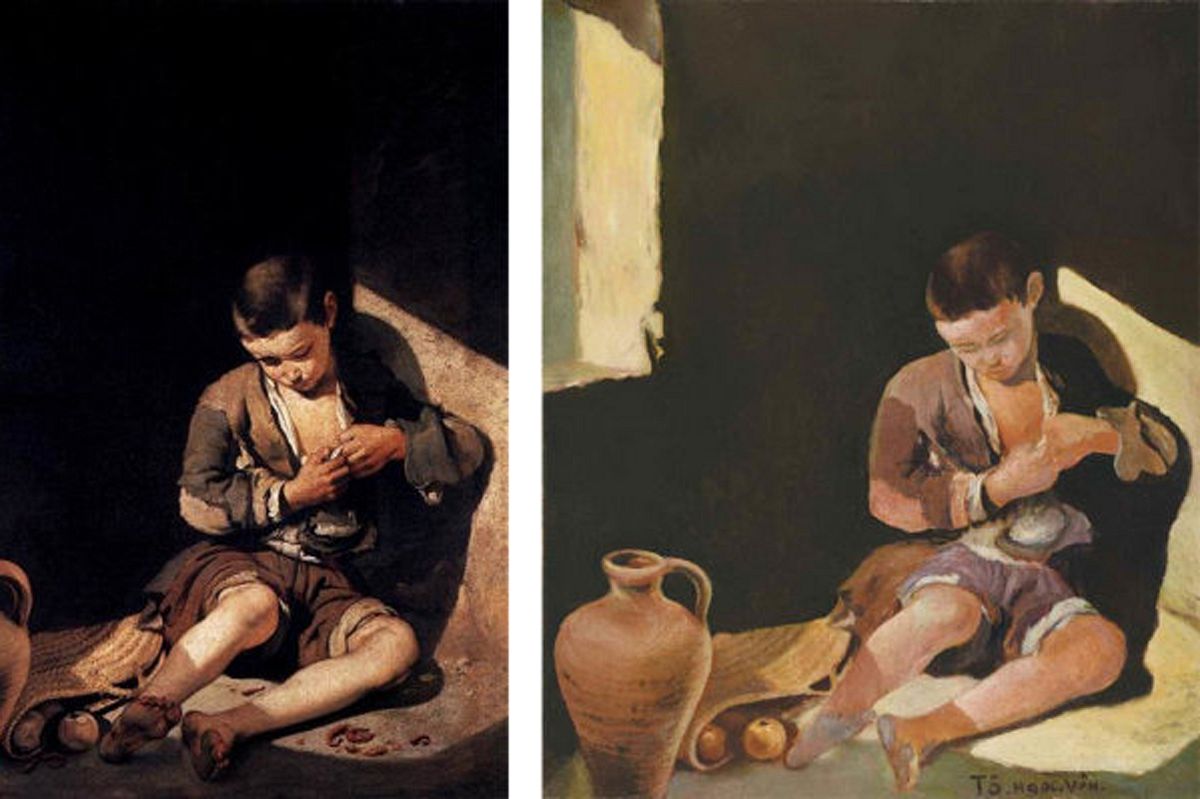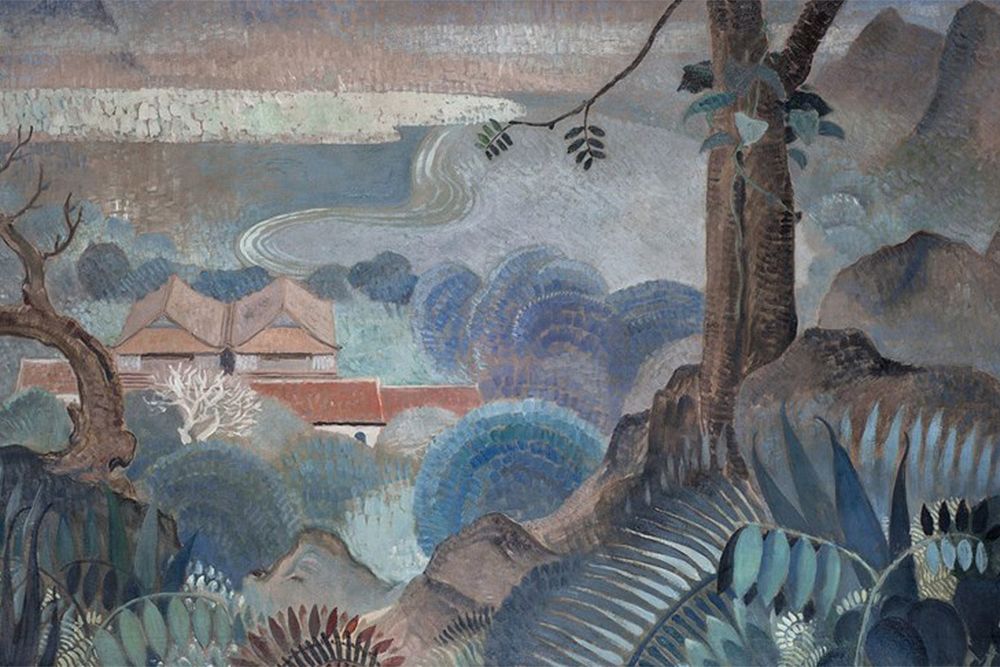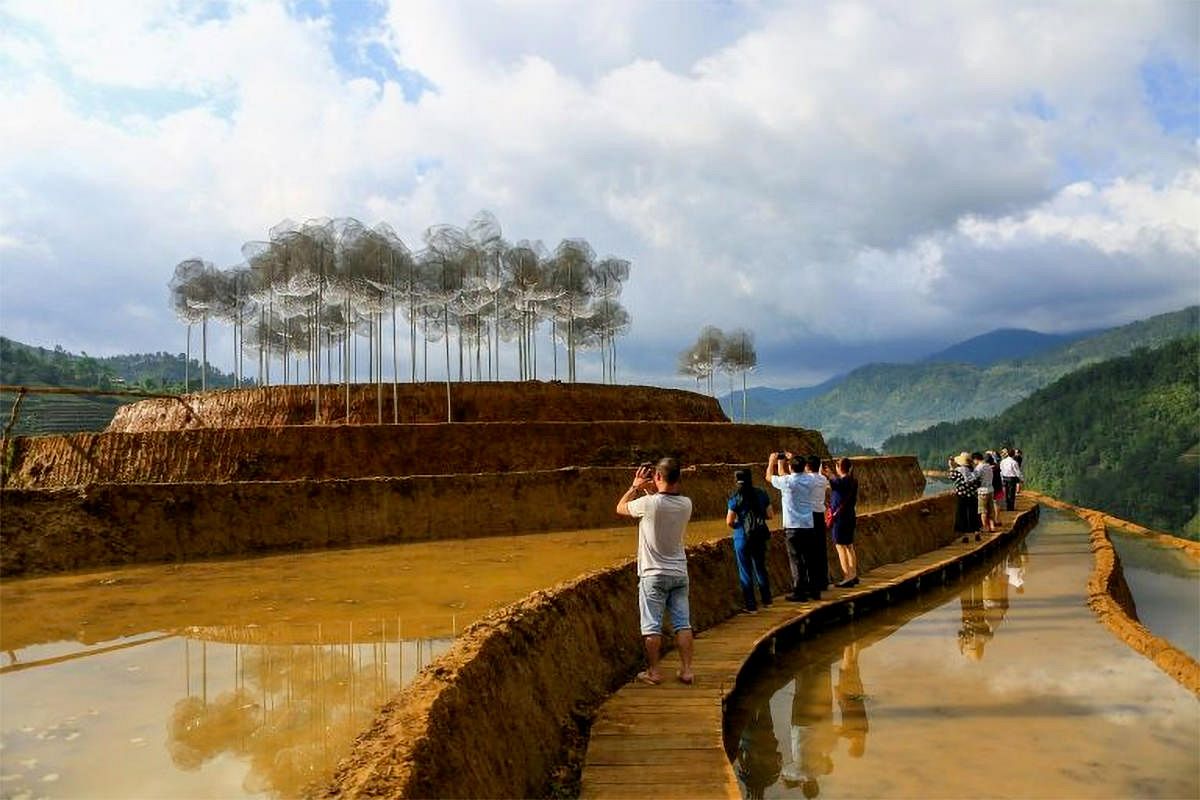The establishment of L’Ecole des Beaux-Arts de l’Indochine (EBAI) in 1925 was a turning point for art in Vietnam. The establishment of the school not only ushered in a new era of traditional art that had previously been dominated by Chinese influence for thousands of years but attracted western artists who sought to capture the landscapes and people of northern Vietnam in their paintings.
With an influx of western aesthetics, the EBAI was responsible for training the next generation of Vietnamese artists such as Ta Tỵ, To Ngoc Van, Nguyen Gia Tri and Bui Xuan Phai. While the school’s French professors, such as Victor Tardieu, Joseph Inguimberty, Gaston Roullet, Léo Crasste and Rene Bassouls imparted their wisdom on their Vietnamese students, some of the educators were also deeply influenced by local art.
Tardieu and Inguimberty in particular adopted the techniques that local artists had long mastered, including Vietnamese lacquer.
The realism and lacquer pieces by French artists and their Vietnamese students portrayed the life of locals and French expatriates in the late 19th century.
The EBAI is acknowledged as the incubator for the hybrid artwork that shaped Hanoi’s modern art scene. The school was closed in 1945 when the Japanese occupied the country and reopened in 1962 under a new name, the Institute of Art. It was merged with the Hanoi University of Art to become today’s Vietnam University of Art.

By Joseph Inguimberty

‘Janette, Dominique and nursemaid’ by Joseph Inguimberty

‘Tonkin Girl’ by Joseph Inguimberty

‘Going to market’ by Joseph Inguimberty

‘Temple’ by Joseph Inguimberty

‘The Departure Ceremony of the Emperor of Annam and the Procession of His Followers at the Imperial Palace Of Hue' & 'The Phoenix Of Annam And Cranes In The Spring Landscape’ by Joseph Inguimberty and his associates

By Andre Maire

‘Scenery of Hanoi’ by Gaston Roullet

'Haiphong' by Gaston Roullet

By Leo Craste

'A Procession in Indochina' by Rene Bassouls

‘Market by The River’ by Victor Tardieu

By Victor Tardieu













